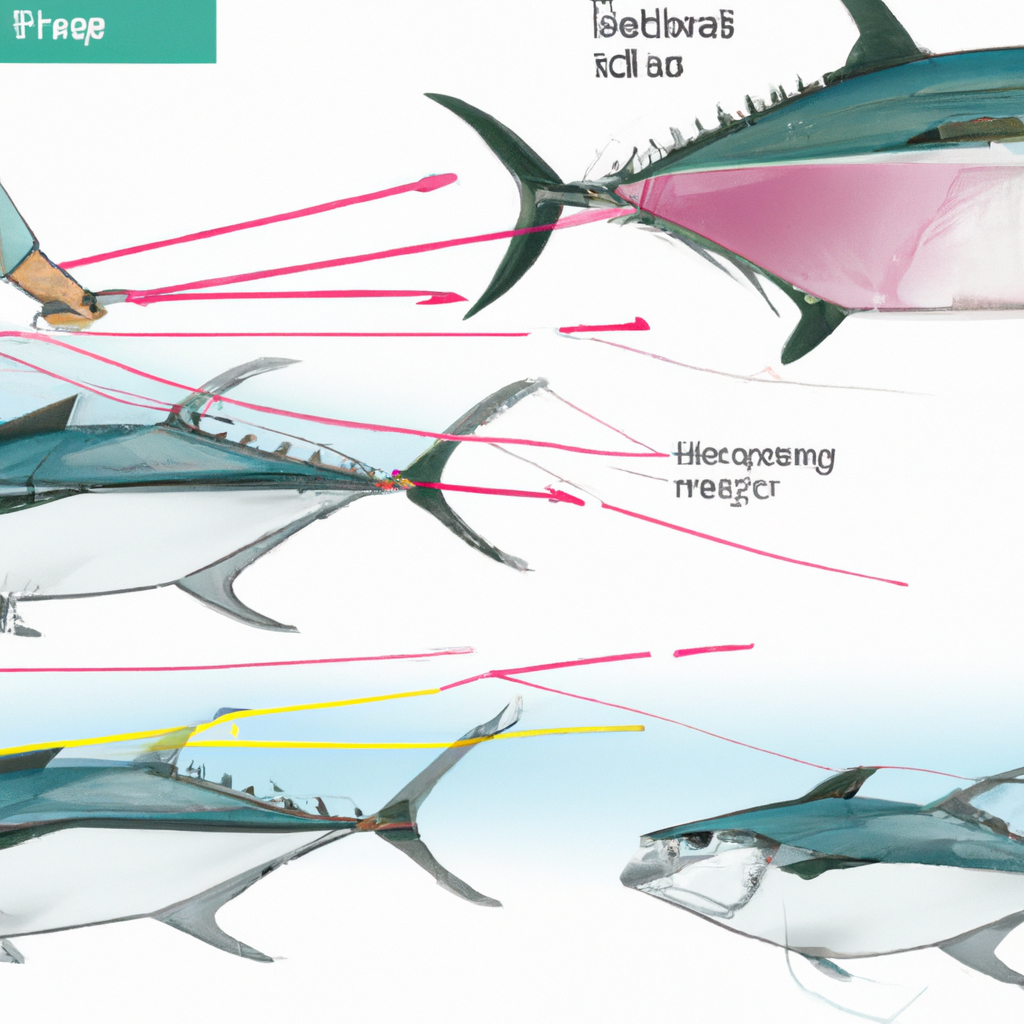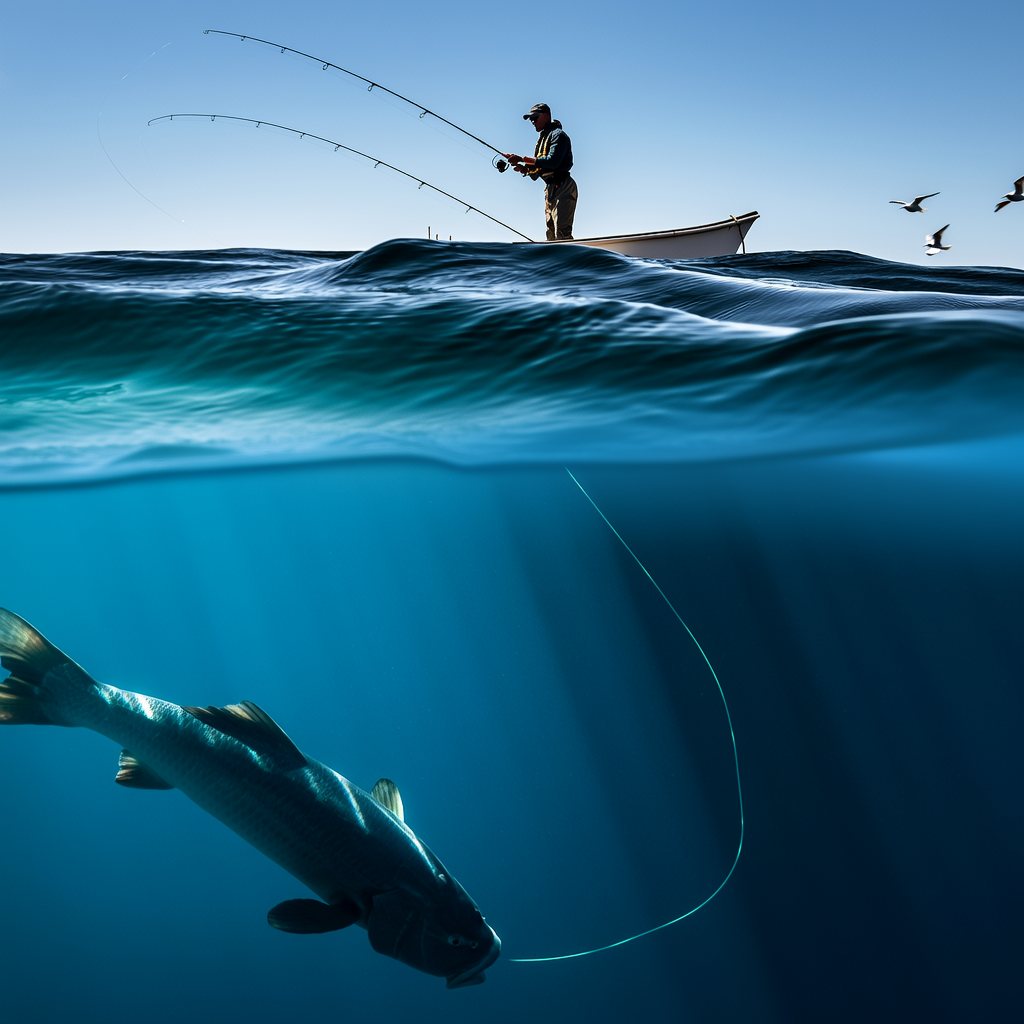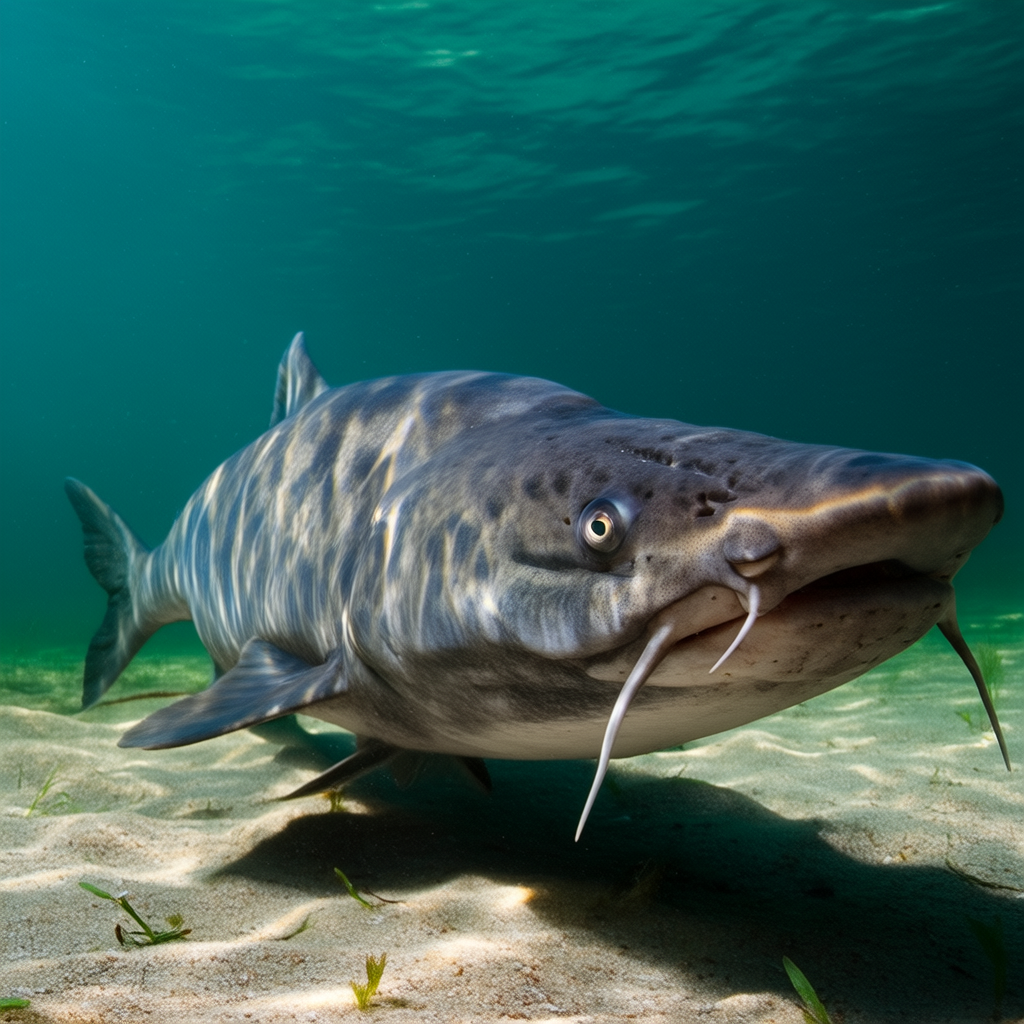Bonitas, also called false albacores, are members of the tunas family. They are found in the Atlantic Ocean, Gulf of Mexico, and the Caribbean Sea. Anglers love these fish for their speed and fighting abilities. This guide will cover everything you need to catch bonitas, from their behavior and the best gear to use, to their fighting ability. So, let’s get started!
Understanding Bonita
Bonita Behavior
Bonitas are known for having a fast and powerful swimming style. They can be found in groups near the surface of water, and are known to feed on small fish or squid. Bonitas are migratory and their movements are heavily influenced by the water temperature and availability of food. During the fall, bonita migrate south to spend the winter.
Bonita Appearance
Bonitas have a torpedo shaped body with a blueish-green back, and silver sides. They have sharp teeth, and powerful muscles that allow them to swim fast and agilely.
Bonita Fishing Regulations
It is important that you are familiar with the fishing rules in your area before you go out to the water to catch a bonita. In some states there may be strict bag or size limits or certain areas closed to fishing at certain times of the season. Check with your local wildlife agency, or Department of Natural Resources, to make sure you are following all the regulations.
What is the best gear to use for Bonita Fishing?
Rods and Reels
You will need a rod and a reel that can handle both the speed and power of bonita fish. Bonita fishing is best done with a medium to heavy spinning reel that has a fast action tip. Choose a spinning rod with a high capacity and fast retrieval rate. Bonita are known to make quick runs and change direction.
Line and Leader
You will need a braided fishing line with a minimum test strength of 20 pounds. This will allow you cast further, and provide the strength and endurance needed to reel in bonita. You’ll also want to use monofilament or fluorocarbon shock leaders, which will absorb shock from the powerful runs of a bonita and protect your line against abrasion.
Terminal Tackle
Terminal tackle for bonita fisheries should include lures or jigs which mimic the baitfish in the area. For bonita fishing, silver or chrome-colored lures imitating baitfish like herring or anchovies can be used. You can use a range of hooks from circle hooks to triple hooks depending on your personal preferences.
Bonita Catching Techniques
Casting and Retrieving
Casting and retrieving is one of the most efficient techniques for bonita fisheries. Cast your lure or jig in a school of Bonita, and then quickly retrieve it back to the boat. Bonita are known to strike fast and with aggression, so prepare yourself for a sudden burst in speed when one takes your lure.
Trolling
Trolling is a great technique for fishing bonita, especially if you are targeting larger fish. Use a trolling setup that includes a live bait or lure and slowly troll in areas where bonita are known to be present. Keep your line in sight, as bonita can strike with great force.
Chumming
Chumming is the release of small amounts (usually chum or baitfish) into the water in order to attract bonita. Once you’ve found a school of feeding bonita, cast your lure into the school. Recover it quickly to encourage a strike.
Bonita fishing tips for success
Use Polarized Sunglasses
It is important to be in a position to see the fish when bonita fishing. Polarized sunglasses reduce glare, allowing you to see further into the water and locate schools of Bonita.
Keep your line tight
Bonita are known to perform acrobatic leaps and bursts in speed. It is important to keep the line tight to prevent the fish throwing the hook. Be prepared for sudden changes of direction and maintain a steady retrieve.
Be Patient
Bonita fishing requires patience and persistence. Do not get discouraged if the fish don’t appear right away. Continue to move to different spots, and try different techniques, until you find a school.
Conclusion
Bonita fishing can be a challenging and exciting experience. It requires the right equipment, technique, and expertise. You can increase your chances to catch bonita by understanding their behavior and using the correct equipment and techniques. Always respect the ocean, its inhabitants and fishing regulations. Good luck, and keep your lines tight!




